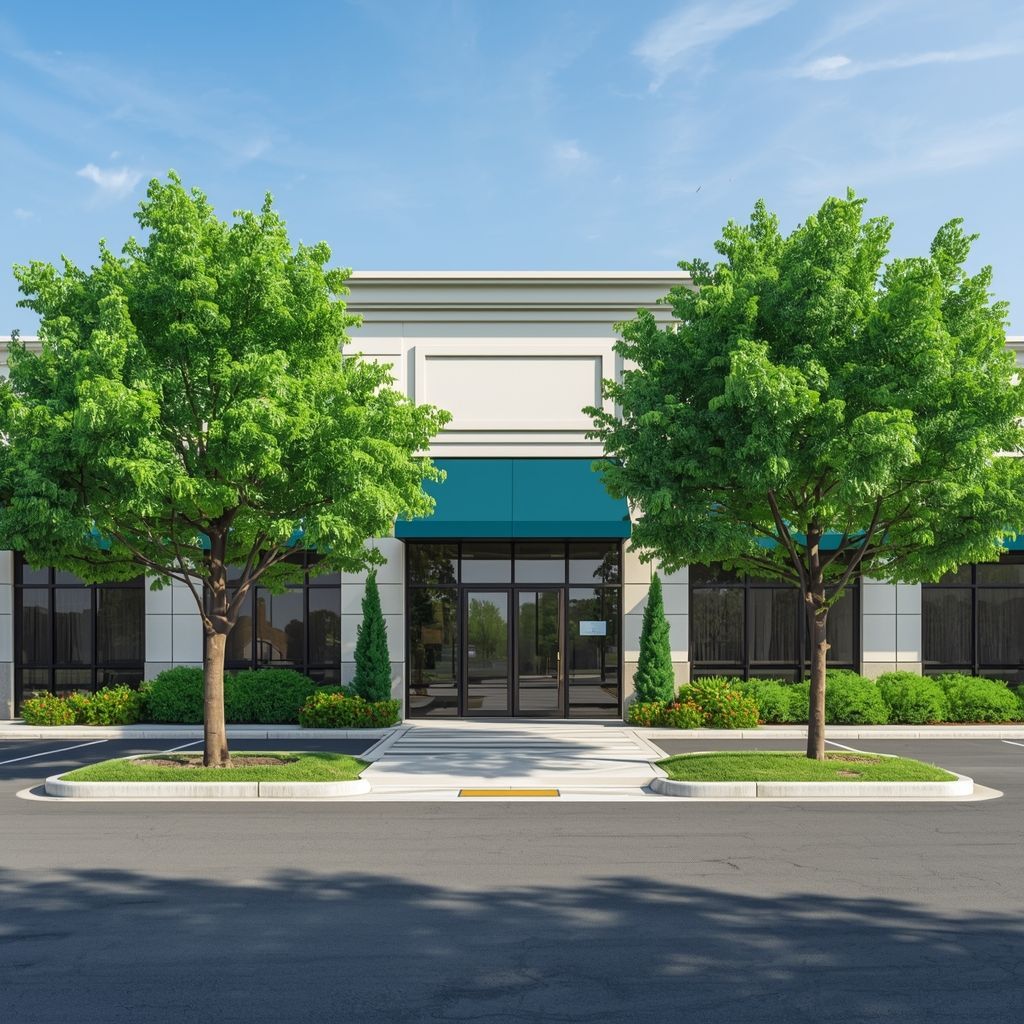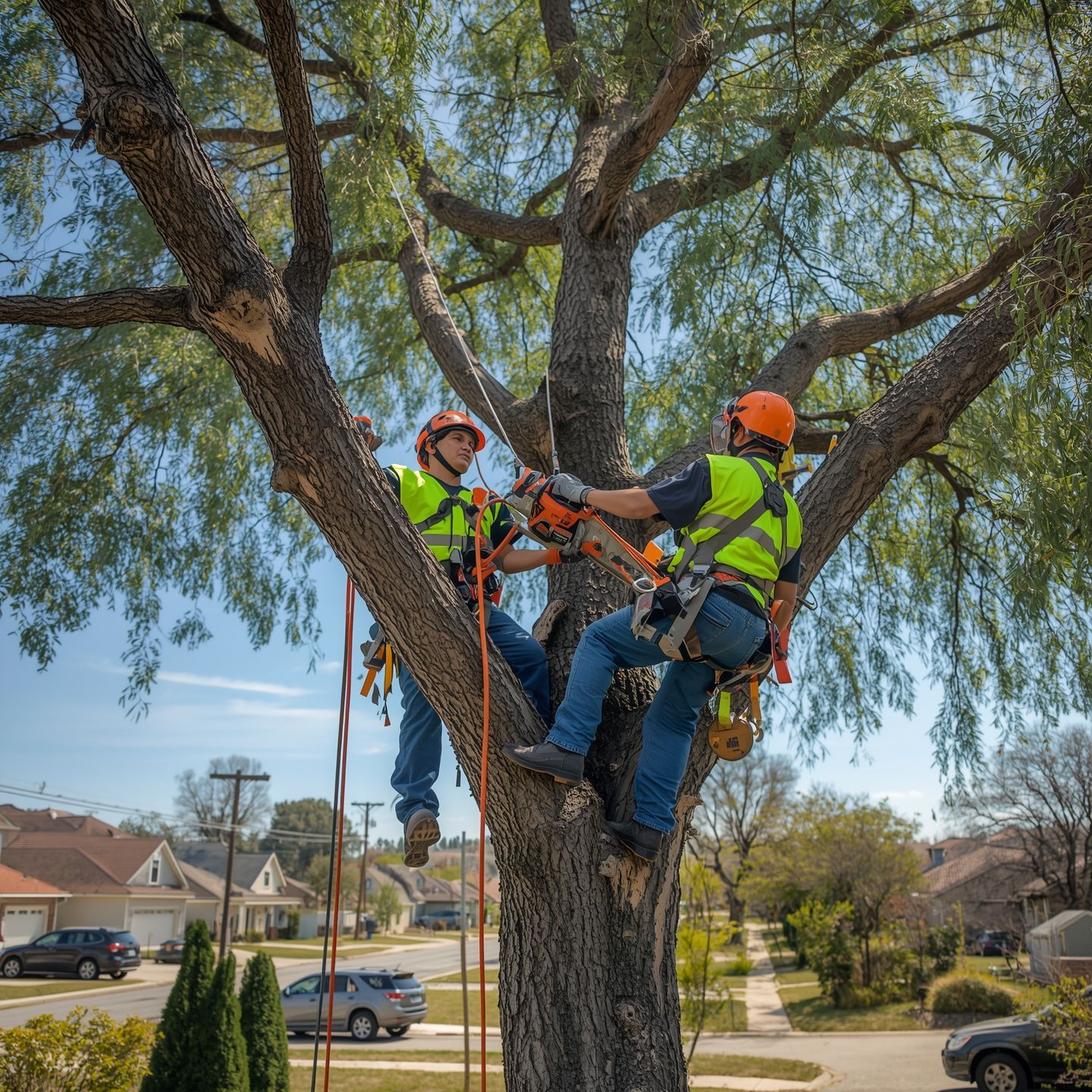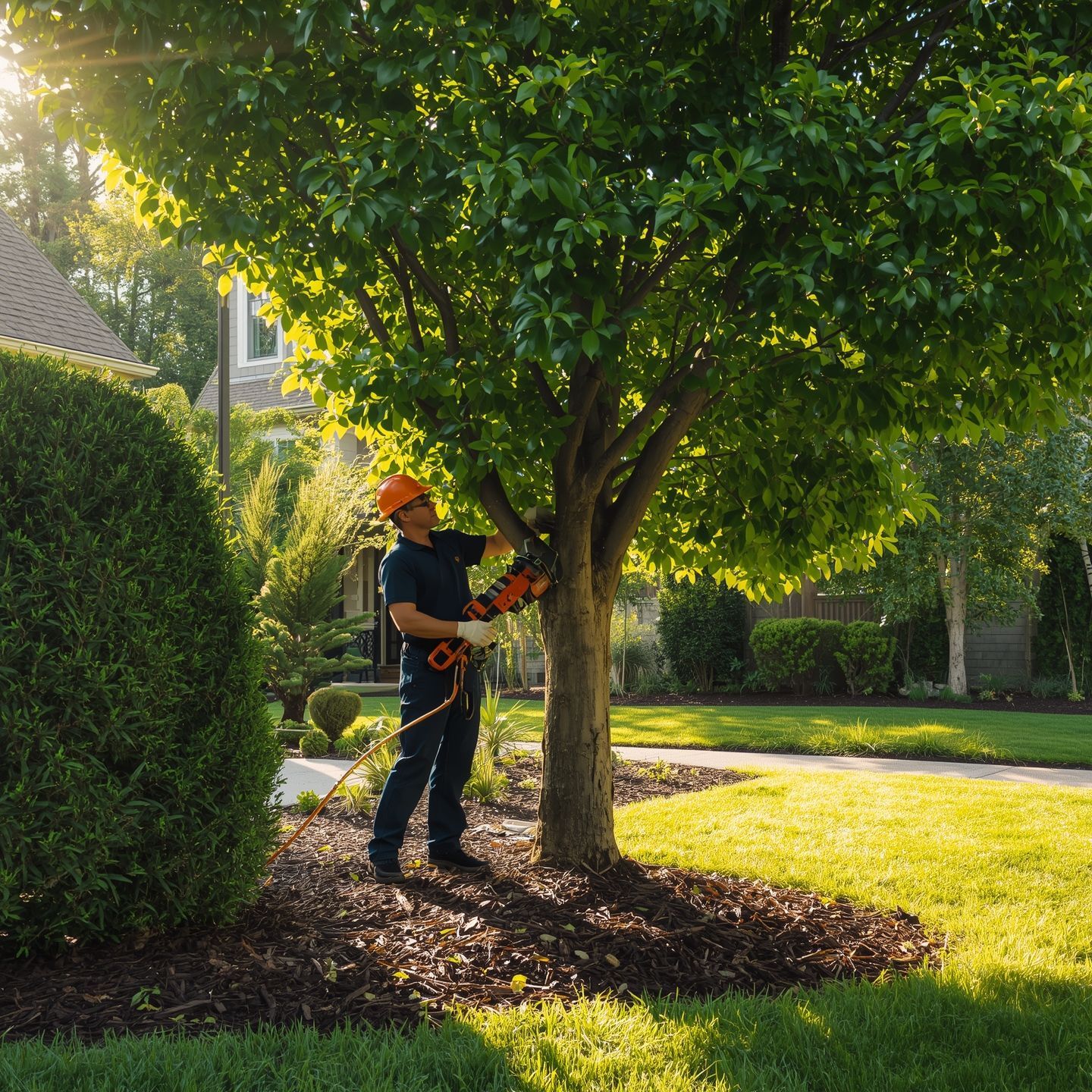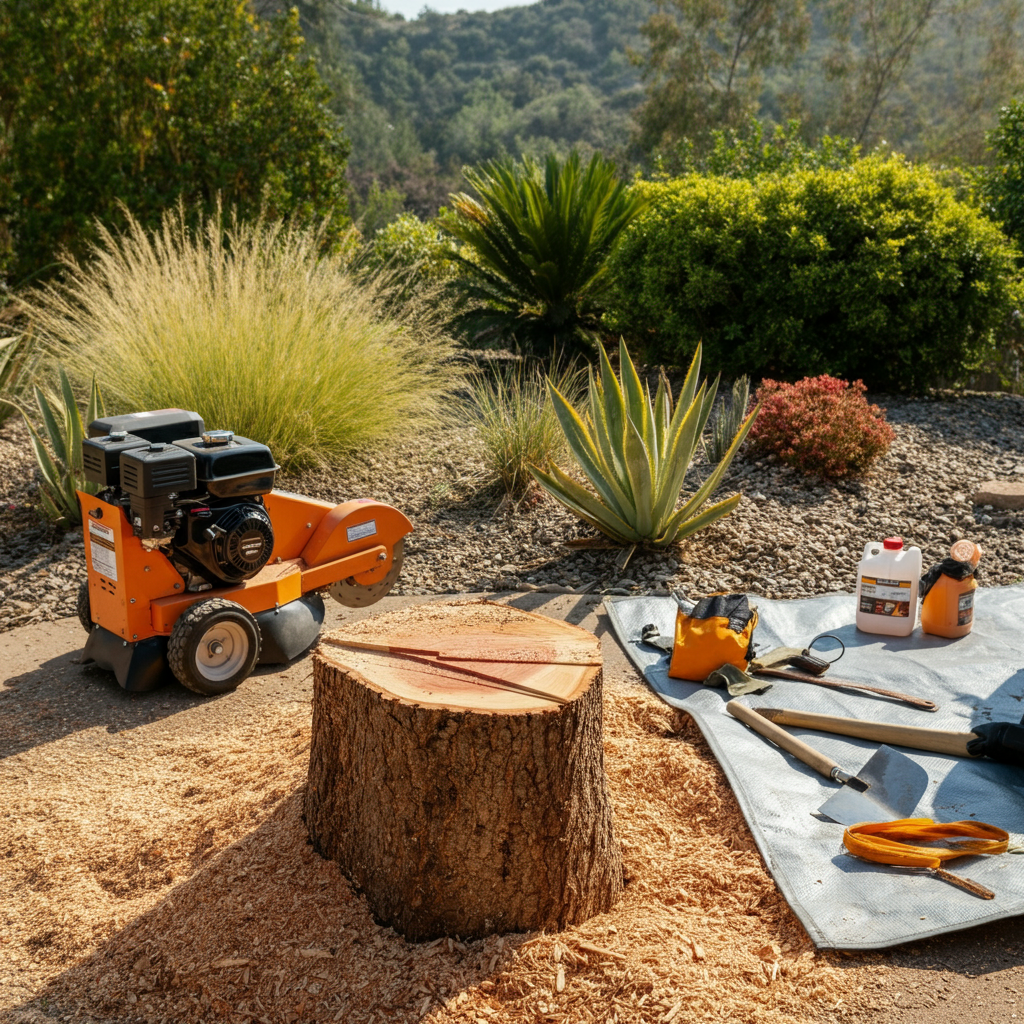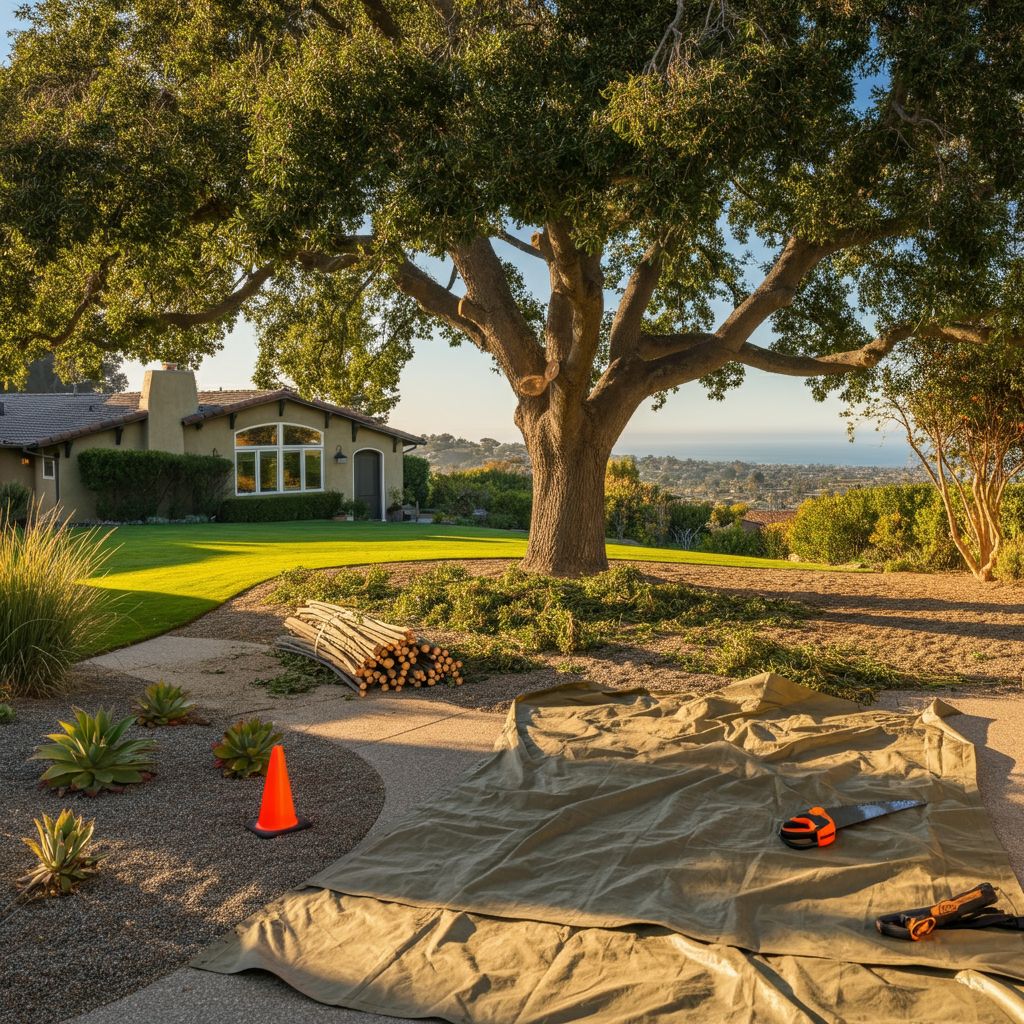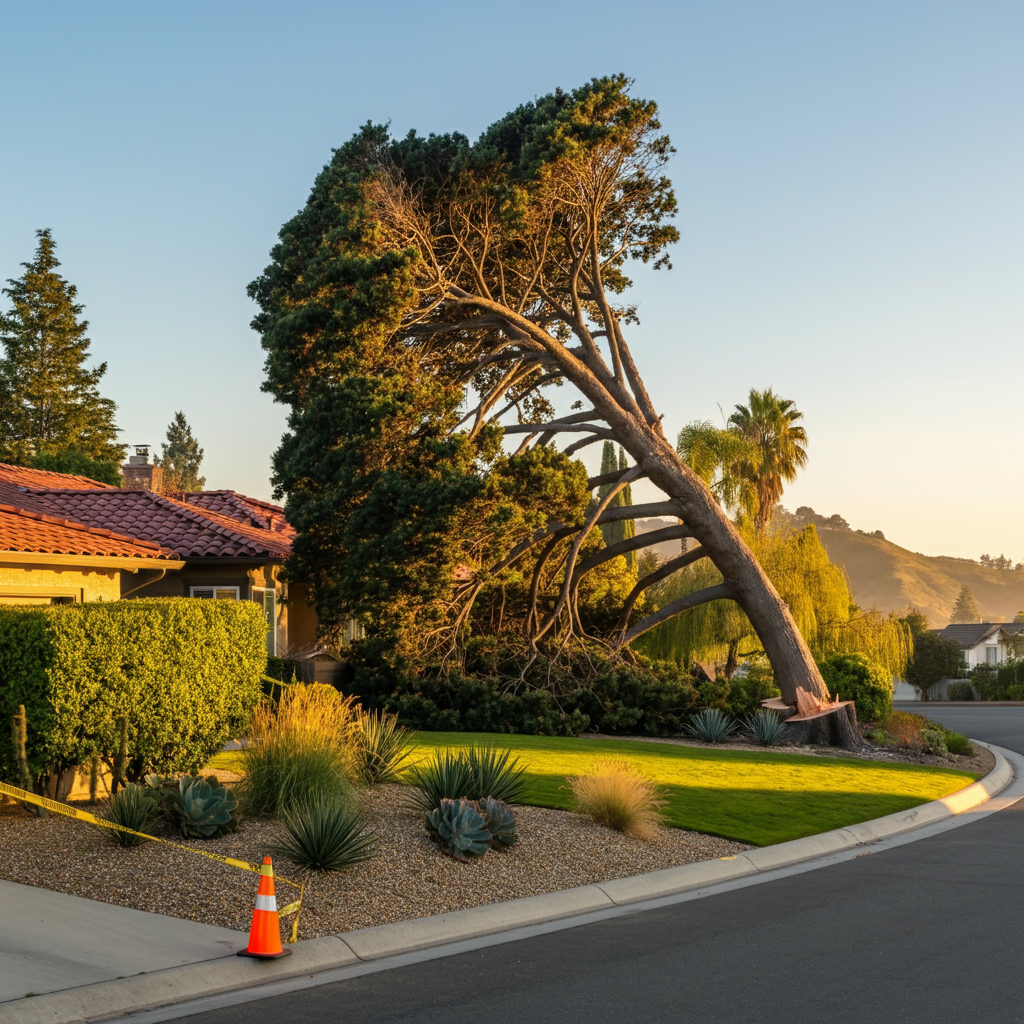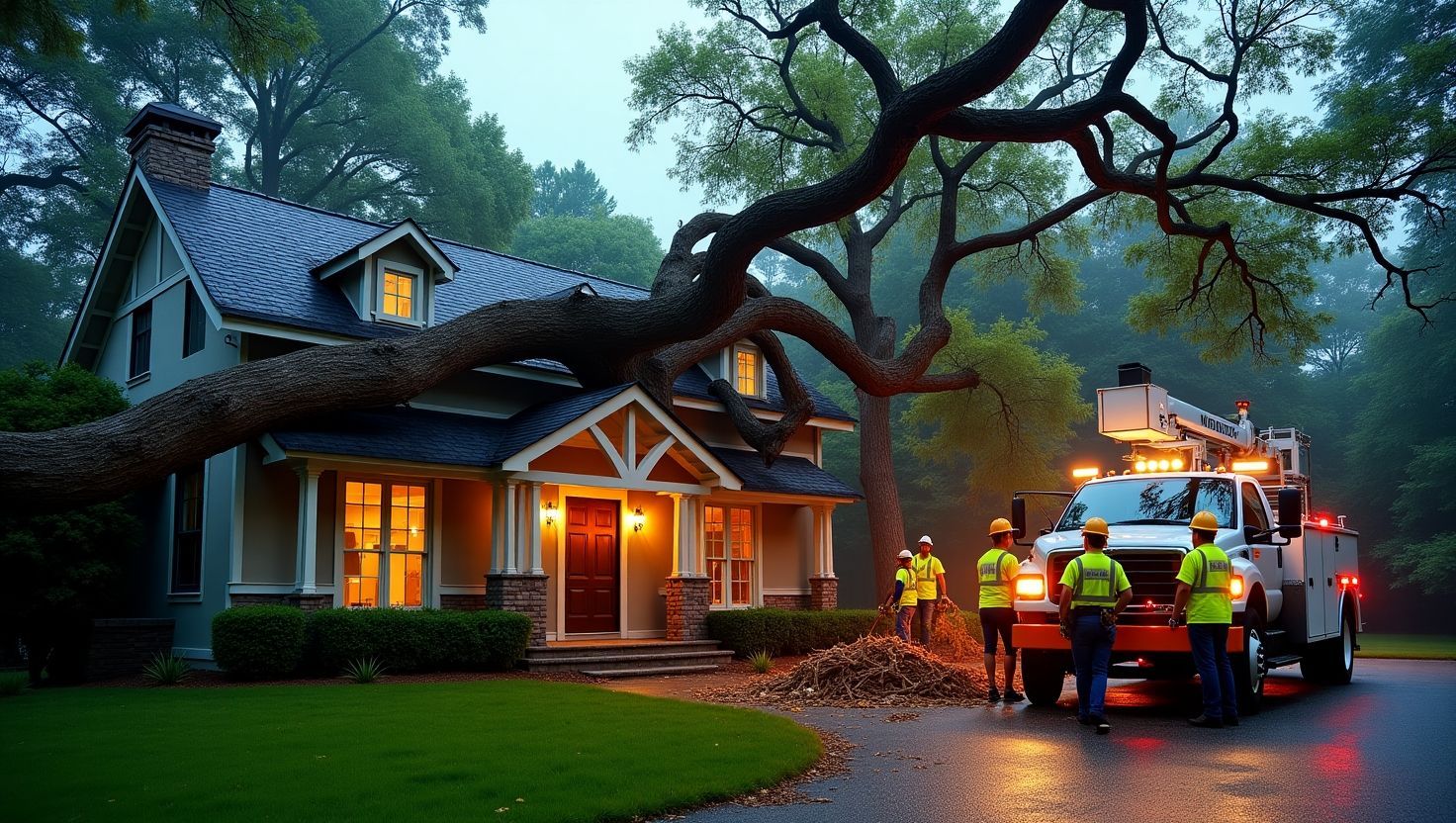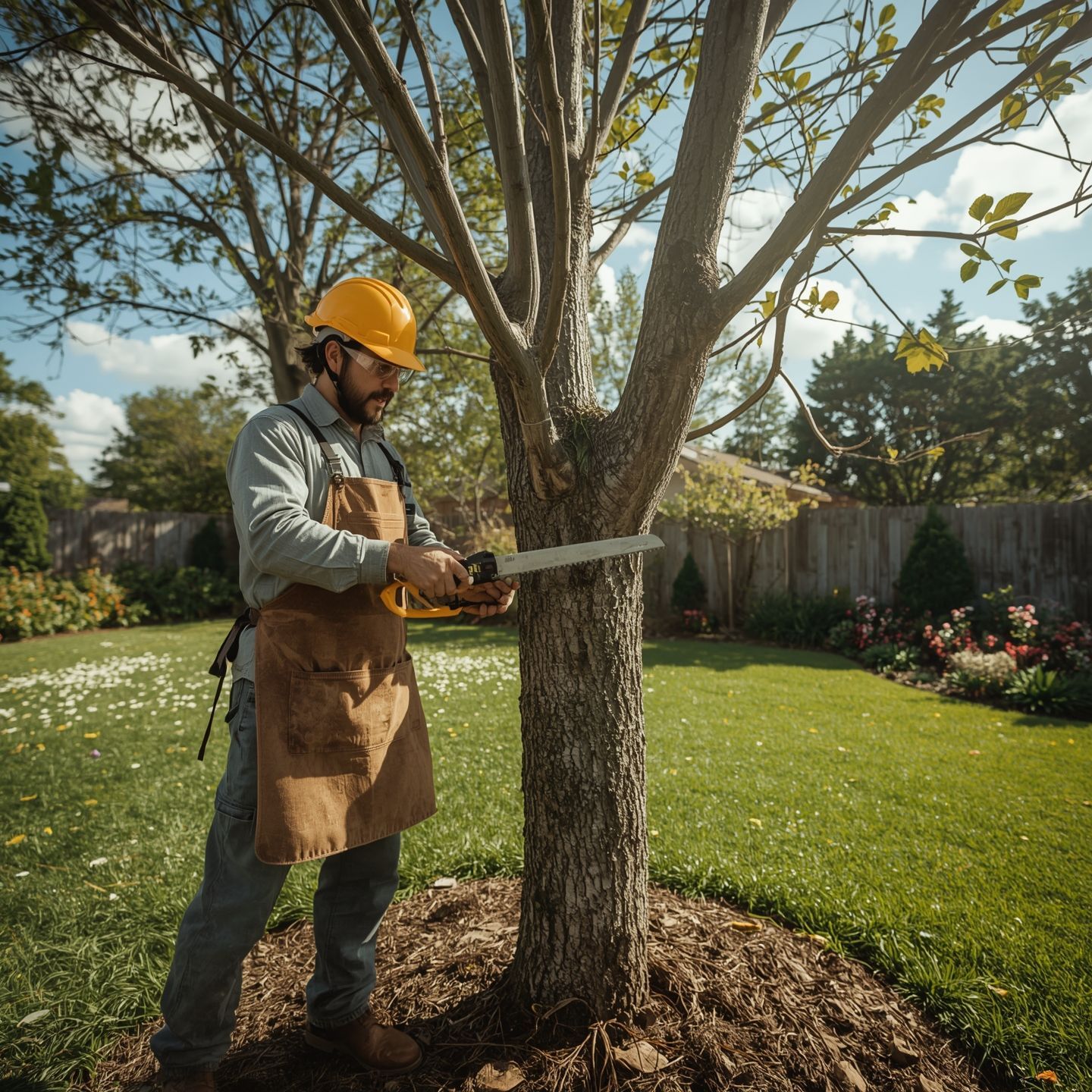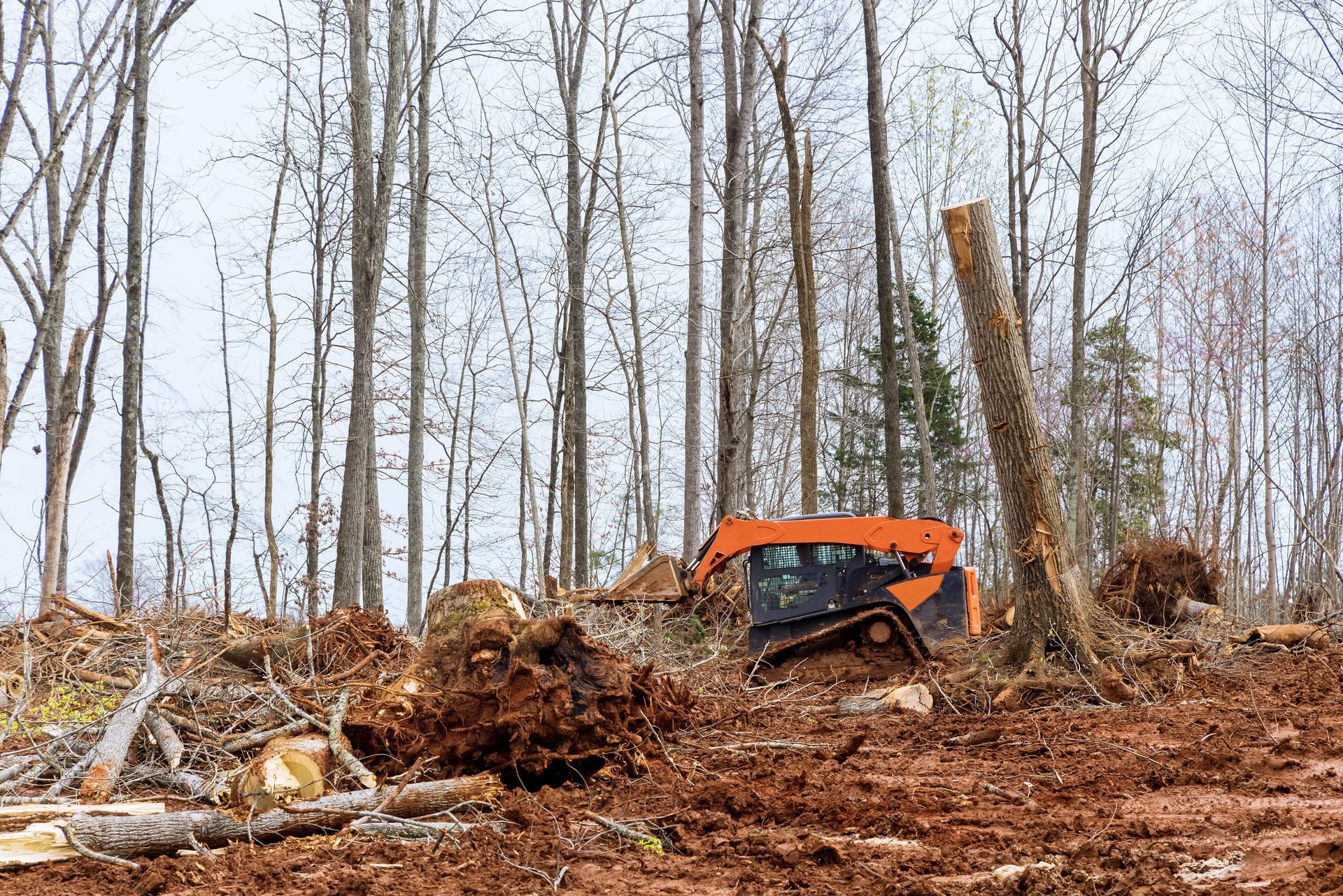5 Tree Care Mistakes That Could Kill Your Trees
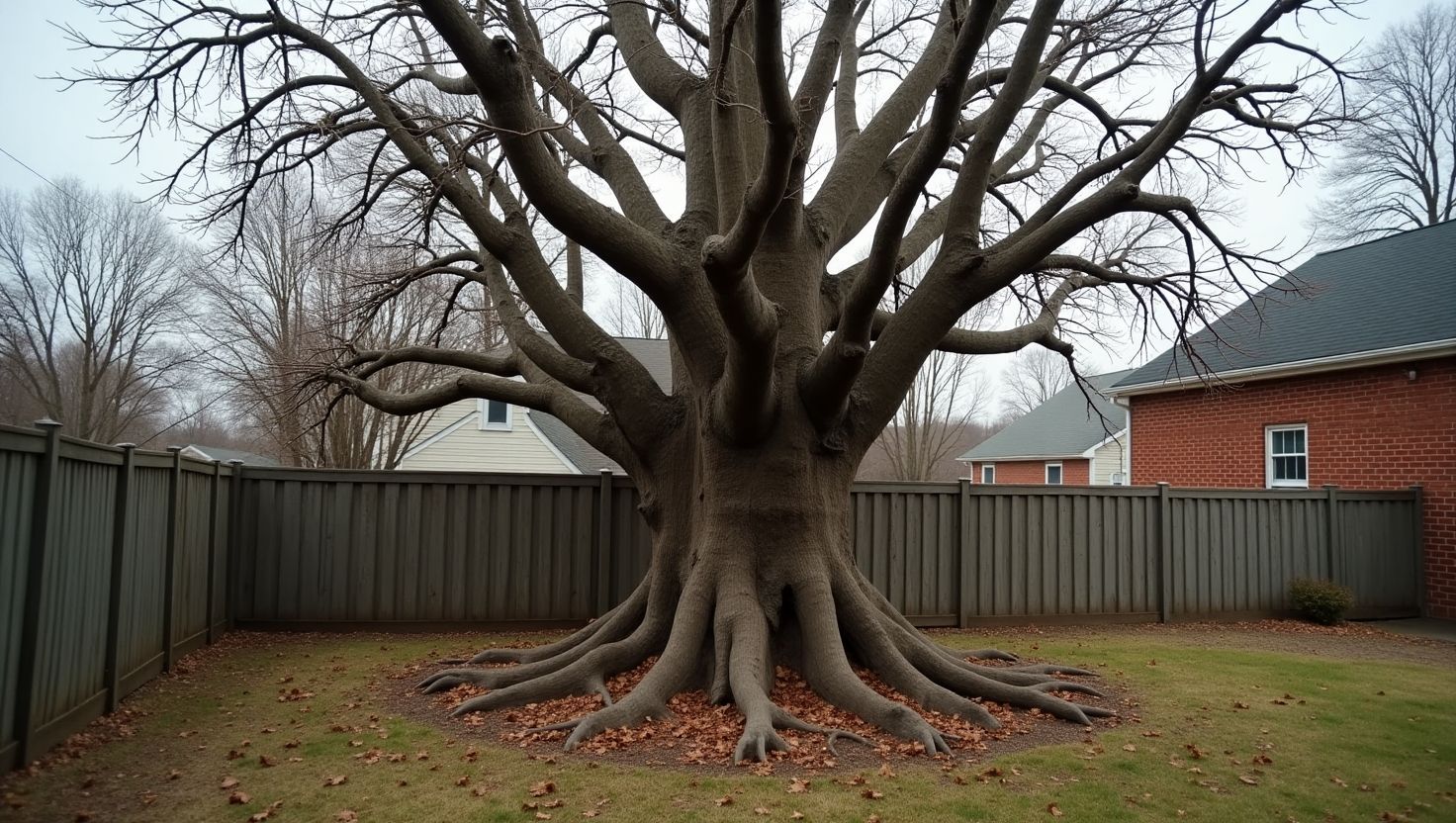
Your trees are valuable assets that enhance your property's beauty and value. Yet many homeowners unknowingly make critical errors that can damage or even kill their trees.
Understanding these common tree care mistakes can save you thousands of dollars in replacement costs and keep your landscape thriving for years to come.
Overwatering: When Too Much Love Hurts
Many homeowners believe that more water equals healthier trees. This couldn't be further from the truth. Overwatering is one of the most damaging mistakes you can make.
Excessive water saturates the soil, preventing oxygen from reaching the roots. This creates an environment where harmful fungi thrive, leading to root rot. Signs of overwatering include yellowing leaves, soft or mushy roots, and a general decline in tree health.
How to avoid it: Water deeply but infrequently. Most established trees need about one inch of water per week, including rainfall. Check soil moisture by inserting your finger two inches deep – if it's moist, hold off on watering.
Improper Pruning: Cutting Away Tree Health
Poor pruning practices can severely weaken trees and make them susceptible to disease and pest infestations. Common pruning mistakes include cutting too close to the trunk, removing too much foliage at once, or pruning at the wrong time of year.
Topping – cutting off the main branches – is particularly harmful. This practice removes the tree's natural crown and forces it to produce weak, poorly attached shoots that are prone to breaking.
How to avoid it: Learn proper pruning techniques or hire certified arborists. Never remove more than 25% of a tree's canopy in a single year. Prune during the dormant season for most species, and always cut just outside the branch collar.
Wrong Tree, Wrong Place
Planting trees without considering their mature size and environmental needs is a recipe for future problems. That cute sapling might grow into a 60-foot giant that interferes with power lines, damages your foundation, or blocks essential sunlight from your home.
Additionally, choosing species that aren't suited to your climate or soil conditions sets them up for failure. Trees planted in unsuitable locations often struggle with poor growth, increased susceptibility to pests and diseases, and shortened lifespans.
How to avoid it: Research mature tree sizes and growth habits before planting. Consider factors like soil type, drainage, sunlight requirements, and proximity to structures. Consult with local arborists who understand your region's growing conditions.
Ignoring Soil Health and Nutrition
Trees need proper nutrition to thrive, but many homeowners focus solely on watering while neglecting soil quality. Compacted soil, poor drainage, and nutrient deficiencies can significantly impact tree health.
Soil compaction is particularly problematic around construction sites or high-traffic areas. Compacted soil prevents roots from spreading and accessing essential nutrients and water.
How to avoid it: Test your soil periodically to understand its pH and nutrient levels. Avoid driving or walking repeatedly over root zones. Apply organic mulch around trees to improve soil structure and retain moisture, but keep mulch several inches away from the trunk.
Delaying Professional Care
Perhaps the biggest mistake homeowners make is attempting complex tree care tasks themselves or postponing professional intervention until problems become severe. Tree care often requires specialized knowledge and equipment to ensure safety and effectiveness.
Dangerous situations like trees near power lines, diseased trees, or large tree removals should always be handled by licensed professionals. Waiting too long to address problems can turn minor issues into expensive emergencies.
How to avoid it: Schedule regular tree inspections with certified arborists. Address problems early when they're easier and less expensive to resolve. Don't attempt dangerous tree work yourself – the risks far outweigh any potential savings.
Protect Your Investment with Professional Care
Your trees are living investments that require proper care to reach their full potential. By avoiding these common mistakes, you'll help ensure your trees remain healthy, beautiful, and valuable for decades to come.
When in doubt, consult with experienced tree care professionals who can provide guidance tailored to your specific trees and property conditions. Professional arborists have the expertise to identify potential problems early and recommend appropriate solutions.
For comprehensive tree care services from licensed professionals, contact Reg's Tree Services to schedule your free consultation.

